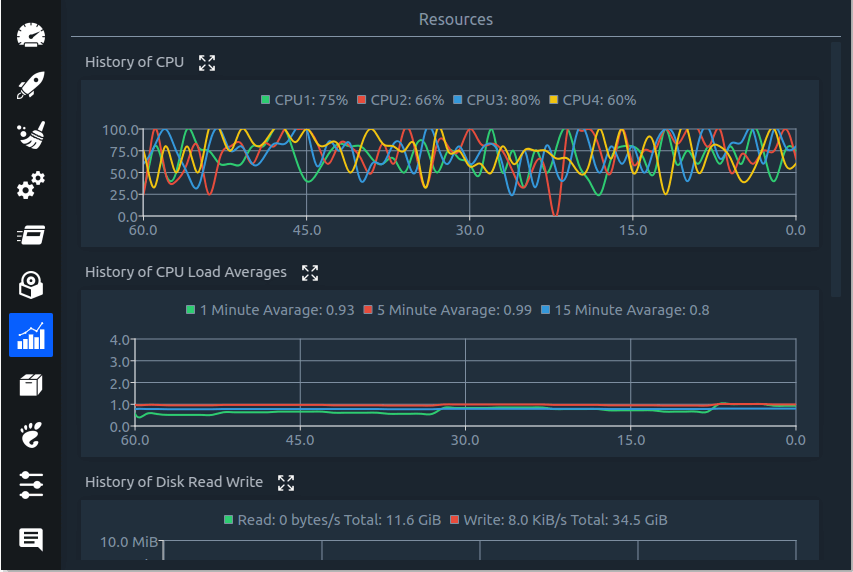
$ sudo yum install rrdtool rrdtool-perl perl-libwww-perl perl-MailTools perl-MIME-Lite perl-CGI perl-DBI perl-XML-Simple perl-Config-General perl-HTTP-Server-Simple perl-IO-Socket-SSLĪfter this, Monitorix can be installed with this command: $ sudo yum install monitorix Note that on CentOS, you need to set up EPEL and Repoforge repositories first. Install and Configure Monitorix on Fedora, CentOS or RHELįirst, install required packages as follows. Web server statistics (Apache, Nginx, Lighttpd).Network/port traffic and netstat statistics.For a complete list, refer to the official site. Here is a list of Monitorix's main features. It comes with a built-in HTTP server for web-based interface, and stores time series statistics with RRDtool which is easy to combine with any scripting language such as Perl, Python, shell script, Ruby, etc.

Optimized to run on resource-limited embedded systems such as Raspberry Pi, Monitorix boasts of simplicity and small memory footprint. In this article, we pick a lightweight monitoring tool called Monitorix, which is designed to monitor system resources and many well-known third-party applications on Linux/BSD servers. There are many sophisticated monitoring system software such as Cacti, Nagios, Zabbix, Munin, etc.

That is why they rely on monitoring software which is capable of gathering information from different sources, and reporting analysis result in easy to understand formats, such as graphs, visualization, statistics, etc. However, inspecting every bit of log files is not easy even for seasoned system admins. Many questions related to system status can be answered by checking log files generated by active services. Sometimes we, as a normal user or a system admin, need to know how well our system is running. Last updated on Septemby Kristophorus Hadiono

#Linux system monitor how to#
How to set up a web-based lightweight system monitor on Linux


 0 kommentar(er)
0 kommentar(er)
